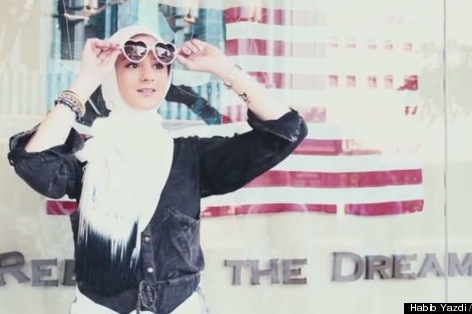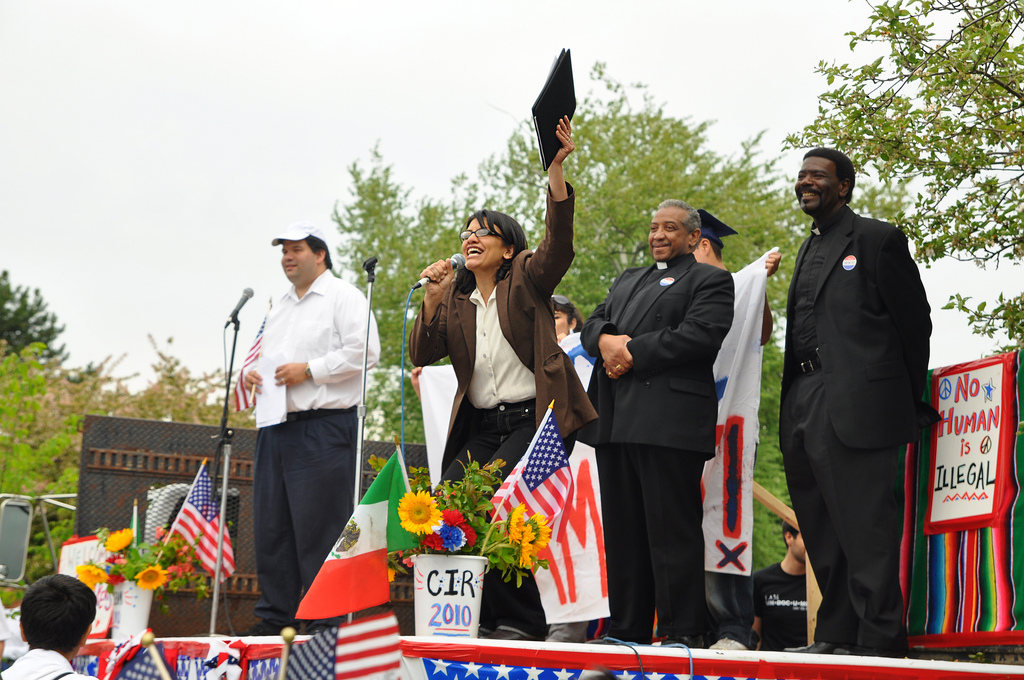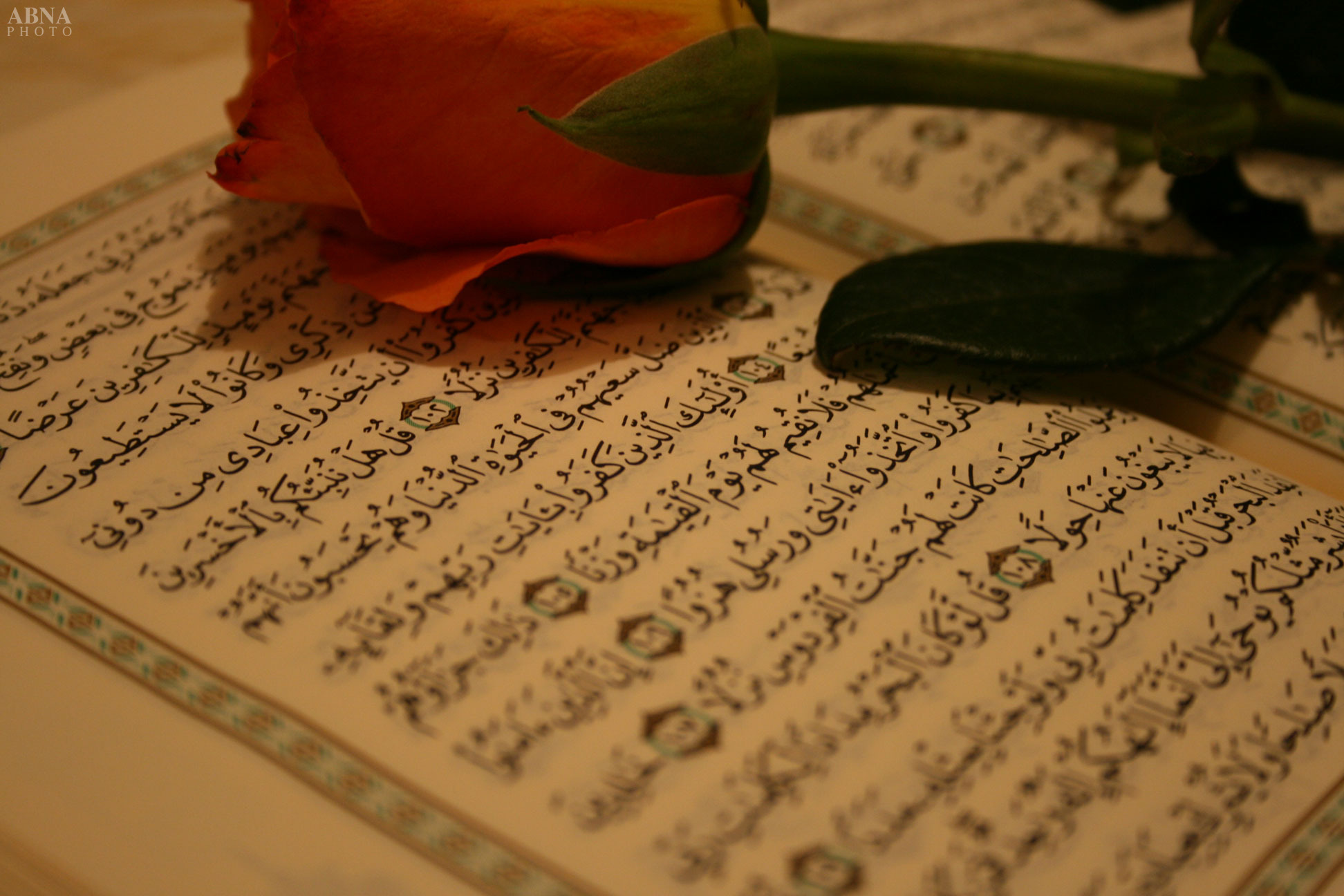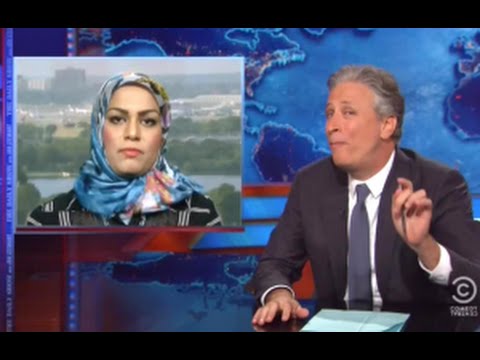Somewhere in America, there are Muslim women cringing at the controversy that a two minute video produced by the Mipsterz (Muslim Hipsters) unleashed. Numerous blogs, tweets, and Facebook posts have been written in the weeks since its release – some supportive, some ambivalent, and most downright nasty.
Criticisms about the way the women in the video are dressed, their activities, the choice of music, even slander about one of the directors have all come under fire. However, the biggest problem, in our opinion, is the subject of the video – American Muslim women.
It is safe to say that the Muslim community is its harshest critic. Some, like Sana Saeed, argue that in the quest of making Muslim women seem “normal”, the video objectifies them, something that the hijab and Islam are supposed to deflect. Others, like Dr. Suad Abdul Khabeer, feel that the video falls short of its potential by limiting the representation of hijab to fashion. Fatimah Waseem cannot identify with and worries about the influence of the “fluffed up version of hijab” that is portrayed.
Despite the naysayers, there are many Muslim women who actually support the video. A blogger named Nafia said that after watching it, she was “smiling because they remind me of me and my friends, getting together like any normal group of girls.” Urooj Khan argues that just because the video doesn’t show Muslim women in a “professional” environment doesn’t mean that they have been stripped of agency. Rabia Chaudry “absorbed it as a joyful expression” of who the Muslimahs in the video happened to be.
So who is right? Is the video revolutionary and worthy of praise or repulsive and cause for rebuke? The fact is that all of these concerns are valid and have a place in the conversation it has sparked. The question, however, is after all these initial thoughts are spewed out into the world, whether the Muslim community will be open to such an honest dialogue. That is, can we be comfortable with the discomfort and move past the criticism to something more meaningful and constructive?
Let’s start by looking at the title of the video. “Somewhere in America” perfectly emphasizes that the women depicted are just a group in America’s Muslim women. No claims were ever made along the lines of showing the entire demographic. Yet the issue at hand remains systemic: the Muslim American community does not know how to recognize its own women. Diversity celebrated in the video is not diversity allowed in the community discourse, so where does that bring us as a community? Are we going to continue to silence the voices of those that might not fit the stereotypical Muslim American woman?
This silence is perpetuated in the lack of space given to Muslim women in the public sphere. It’s a reality, underscored time and again at each megaconvention and town hall event: speaker after speaker is male, with the rare Muslim woman allowed to speak only if she fits an unspoken mold of what Muslim women should “look” or “act” like.
The truth is simple. Our women lack the voice, agency and support in the greater Muslim community.
Underrepresentation is exactly why movements to start any sort of conversation, like “Somewhere in America,” are perceived through our community’s microscope: we are lacking voices. Voices of Muslim American women, both those that fit the unspoken mold – and those that seek to shatter it. With that, it’s even possible to toe at the fact that the Muslim American community cannot handle the truth about who Muslim American women are – and how they look.
We owe it to ourselves as a vibrant, talented and thriving community to take the conversation begun by “Somewhere in America” to a whole new level. It is a true disservice to the diversity amongst Muslim American women to simply tear down the efforts featuring a group of women, and leave in its space nothing but critique and commentary. Muslim American women come from different backgrounds and contribute to society in so many ways. These women are mothers, doctors, lawyers, students, and yes, girls who like to goof off with their friends, and they all dress, speak, and act in a manner unique to them.
Instead of ignoring those that don’t “fit” our preconceived mold, it is our responsibility to celebrate, debate, and begin to try and understand just who these women are. Sharing our unique stories through projects like Coming of Faith, AltMuslimah, Love, Inshallah, contributing to celebrations of differences like the International Museum of Women, and creating videos to add to the narrative begun by “Somewhere in America” are just a few ways to make that happen. Criticism is easy, but change, true change, is difficult. Let’s push forth a new movement: one of expression and acceptance of the diversity of Muslim American women.
Photo Credit: Habib Yazdi
Wardah Khalid is the author of the Young American Muslim blog for the Houston Chronicle. Laila Alawa is the founder of Coming of Faith project. Follow them on Twitter at @YAmericanMuslim and @LulaInLife.






1 Comment